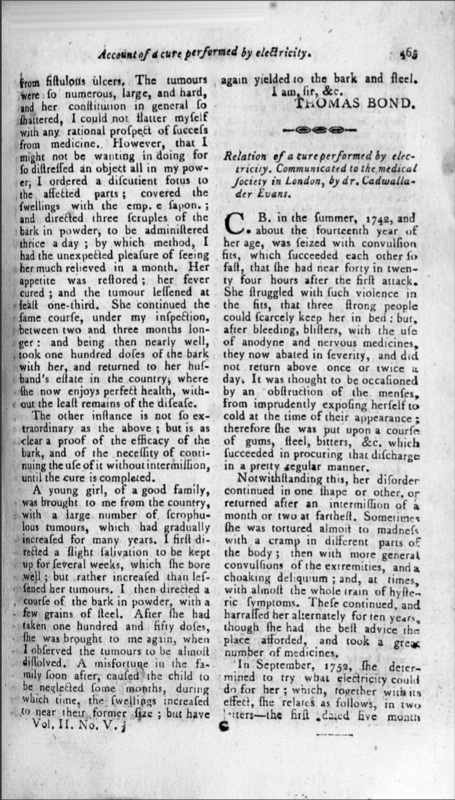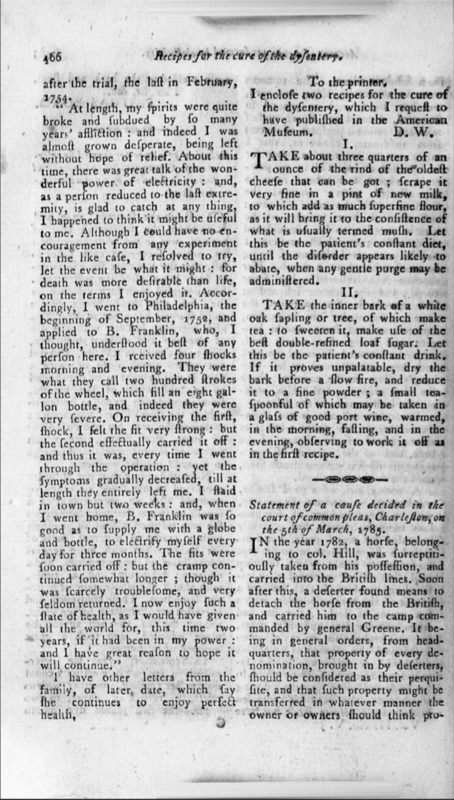Early Treatments in Mental Institutions
When mental institutions were first established, the ways in which the patients were treated were very different than what is considered normal today. The patients were seen as “lunatics” and were treated as such. Most were held in rooms similar to jail cells and depending on the severity of the illness, could be chained to the wall for most of the day. One common treatment was the use of electroshock therapy in which the patient was strapped to a specific chair and electrical impulses were sent through the brain. This treatment was used as it was believed that these shocks could restart the brain and return the patient to a normal mental state. Insulin-induced comas were another way patients were treated. With this technique, large doses of insulin were injected into the patient in order to produce daily comas that were thought to help improve the mental state of the patient. Another common treatment was that of lobotomies. In this treatment, connections to the brain's prefrontal cortex were severed from the rest of the brain. This portion of the brain controls personality, decision making, and social behavior. After the treatment was finished the patient seemed more lifeless and had lost the ability to have upper-level thinking skills. Bloodletting was another common form of treatment in which the patient would be allowed to bleed out a certain amount of blood from an incision on their body. This treatment was said to be the way of ridding evil spirits from your body or letting out any unwanted entities. Many treatments such as these left the patients damaged and in a worse place mentally than before. These treatments would be considered unethical by today’s standards. These types of treatments were used until further rules and regulations began to come into effect around the 1930s which rid many mental institutions of these unethical and unproductive techniques.
Brookes, Barbara L., and Jane Thomson. Unfortunate Folks : Essays on Mental Health Treatment, 1863-1992. Otago University Press, 2017. EBSCOhost, search.ebscohost.com/login.aspx?direct=true&db=e000xna&AN=1532956&site=eds-live.
“Early Mental Treatment At A General Hospital.” The British Medical Journal, vol. 2, no. 3262, 1923, p. 30. EBSCOhost, search.ebscohost.com/login.aspx?direct=true&db=edsjsr&AN=edsjsr.20423969&site=eds-live.
“The Mental Treatment Bill.” The British Medical Journal, vol. 2, no. 3595, 1929, pp. 1019–1019. JSTOR, www.jstor.org/stable/25334456.

